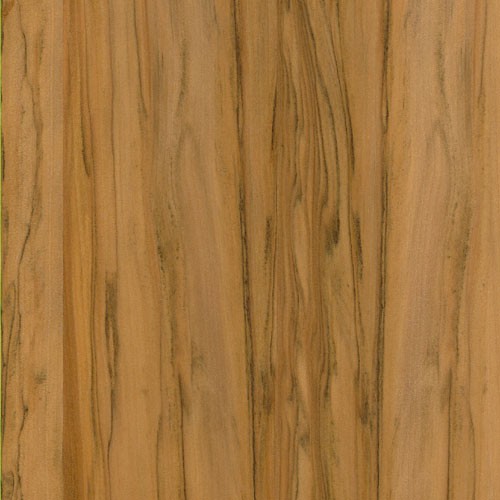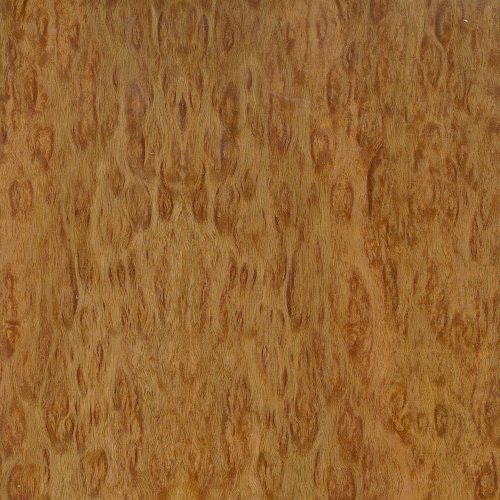Redgum
[Liquidambar styraciflua]
Often overlooked as a premium, moderately strong wood, Redgum or “Sweetgum” as it’s also known, is one of North America’s few, domestic exotic woods. And shouldn’t be confused with various Australian Eucalyptus genus that are referred to as “Red Gum” — with the notable space in the name.
With its characteristic golf-ball size prickly fruits and large star-shaped leaves, Redgum flourishes throughout the Southeastern United States, but grows commonly as far north as Connecticut and Missouri, and southwest to Texas. Pockets are even found in Mexico and Central America.
While the heartwood of Redgum is a gray to reddish brown with darker black streaks, its sapwood is a creamy white to light pink color. The grain is interlocked, with a very fine, uniform texture, and good natural luster. A versatile wood, lighter cuts of Redgum can be easily finished to look like Cherry, Mahogany, or Walnut.
All excellent qualities that make Redgum a popular choice for wood veneer, architectural plywood, doors, speaker/acoustic cabinets, boxes, crates, and turned objects.
Species Distribution:
Eastern United States
Southeastern United States
Lower Mississippi Valley
Florida
Missouri
Texas
Mexico
Central America
Common / Alternative Names:
Sweetgum
American Sweetgum
Sapgum
Satin Walnut
American Storax
Hazel Pine
Bilsted
Star-Leaved Gum
Alligatorwood
Janka Hardness:
850 lbf
Sustainability Status:
CITES Appendices: Not listed
IUCN Red List of Threatened Species: Listed as a species of least concern.









